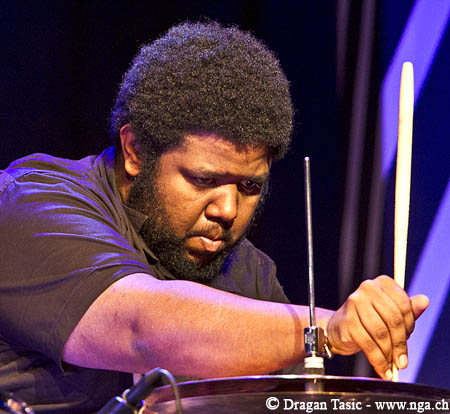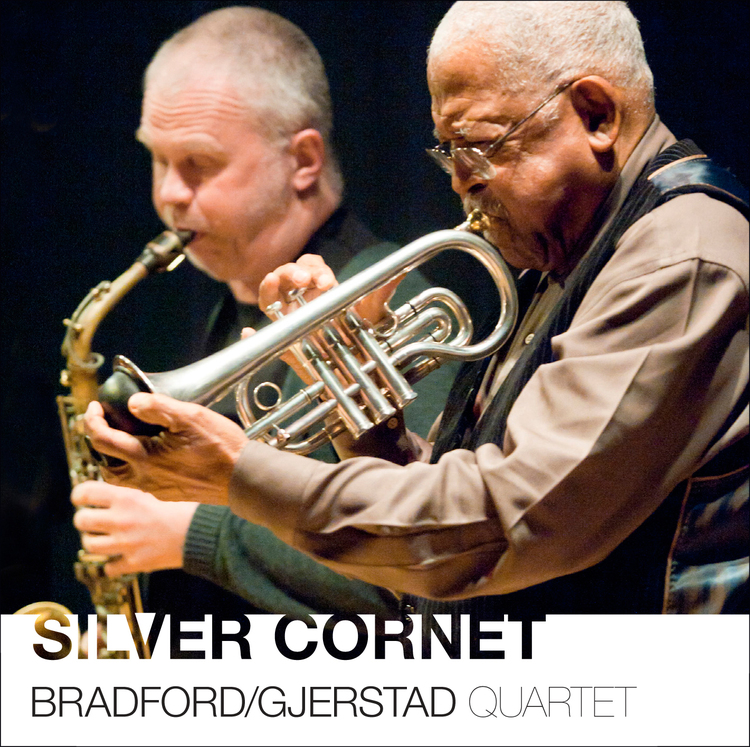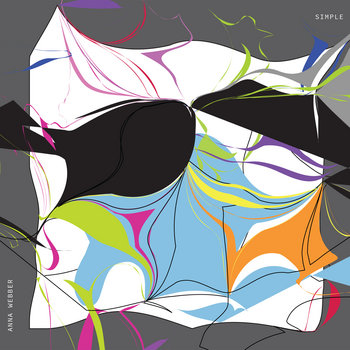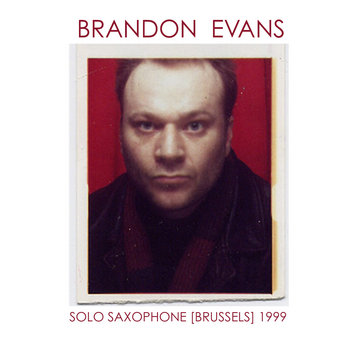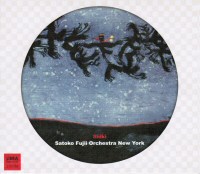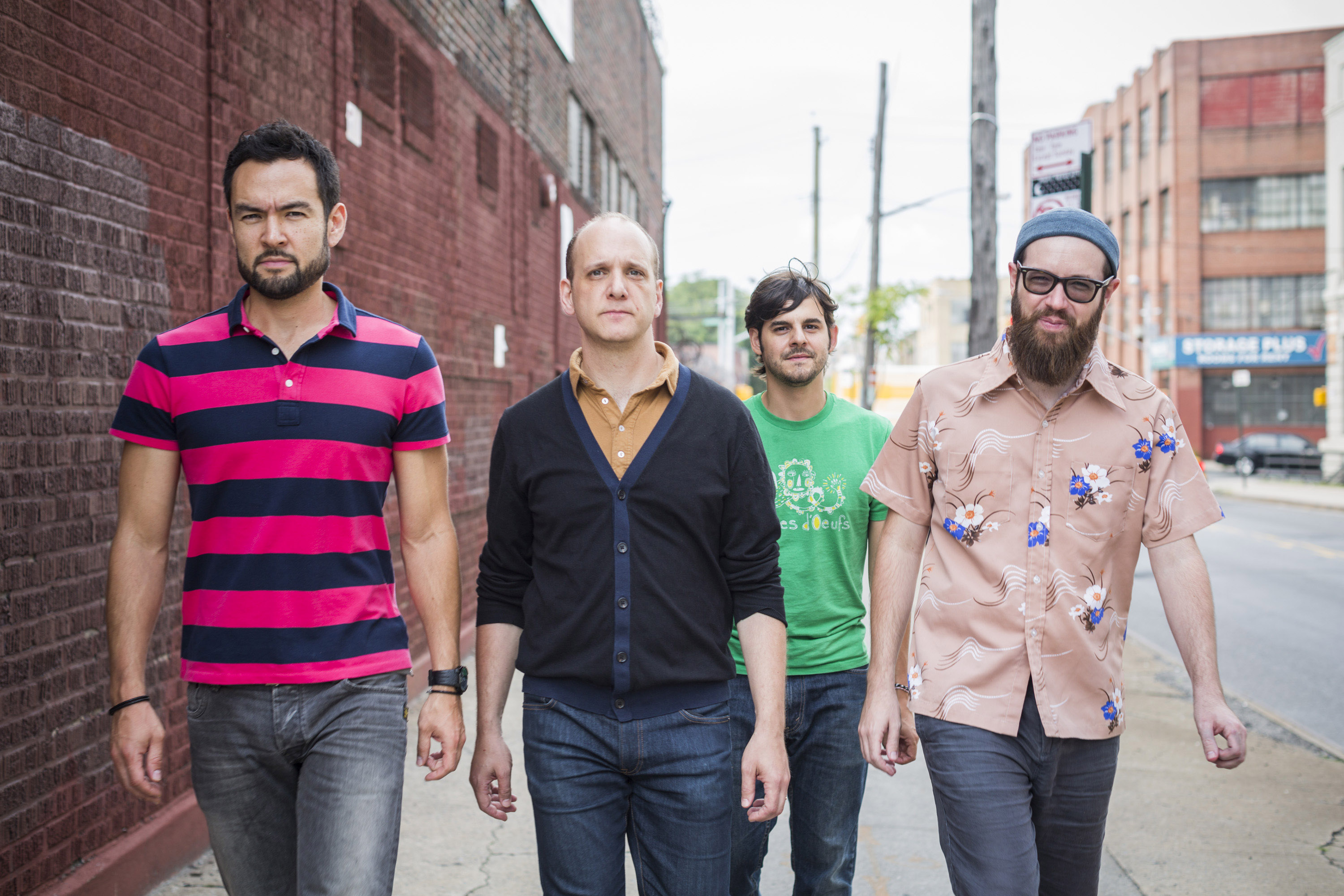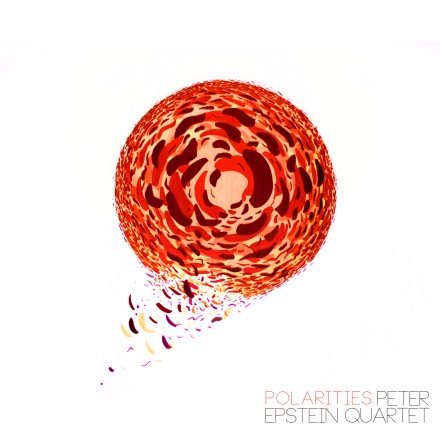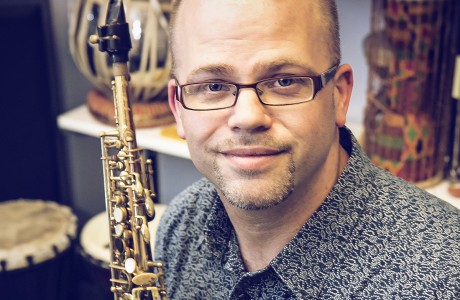Top 10 (in order)
Steve Lehman – Mise en Abime (Pi Recordings)
Anna Webber – SIMPLE (Skirl)
RED Trio & Mattias Ståhl - North And The Red Stream (NoBusiness Records)
Max Johnson – The Prisoner (NoBusiness Records)
Jorrit Dijkstra’s Pillow Circles - Live Bimhuis Amsterdam (Driff Records)
Samuel Blaser/Benoit Delbecq/Gerry Hemingway - fourth landscape (Nuscope Recordings)
Wadada Leo Smith – The Great Lakes Suites (TUM)
Stephen Gauci/Kirk Knuffke/Ken Filiano - Chasing Tales (Relative Pitch)
 Luis Vicente/Rodrigo Pinheiro/Hernani Faustino/Marco Franco - Clocks and Clouds (FMR Records)
Luis Vicente/Rodrigo Pinheiro/Hernani Faustino/Marco Franco - Clocks and Clouds (FMR Records)Anthony Braxton – Trio (New Haven) 2013 (New Braxton House)
Honorable Mentions
(in alphabetical order)
Rodrigo Amado - Wire Quartet (Clean Feed)
Bobby Bradford/Frode Gjerstad Quartet – Silver Cornet (Nessa Records)
Anthony Braxton – 12 Duets (DCWM) 2012 (New Braxton House)
3d: Tomasz Dabrowski/Kris Davis/Andrew Drury – vermillion tree (ForTune)
The Danny Fox Trio- Wide Eyed (Hot Cup Records)
Ideal Bread – Beating the Teens (Cunieform Records)
Tyshawn Sorey – Alloy (Pi Recordings)
Reissues (in order)
The Jimmy Giuffre 3 & 4 – New York Concerts (Elemental Music)
Miles Davis – Miles at the Fillmore: The Bootleg Series Vol. 3 (Columbia/Legacy)
Howard Riley Trio – Angle/The Day Will Come (Hux Records)
Debut Recording
Tesla Coils – S/T (Setola di Maiale) Their first as a group, although at least one member has other albums out, so I don’t know if this counts as a true “debut”.



